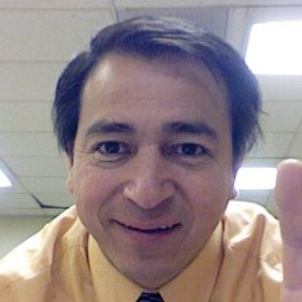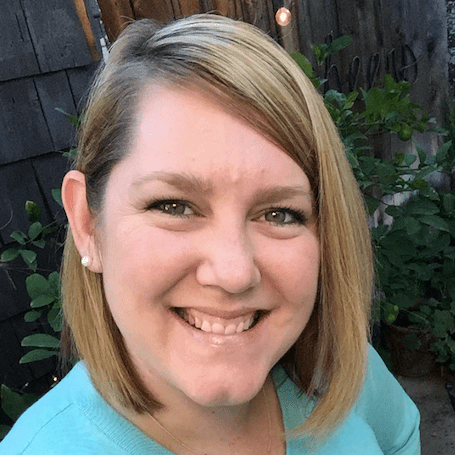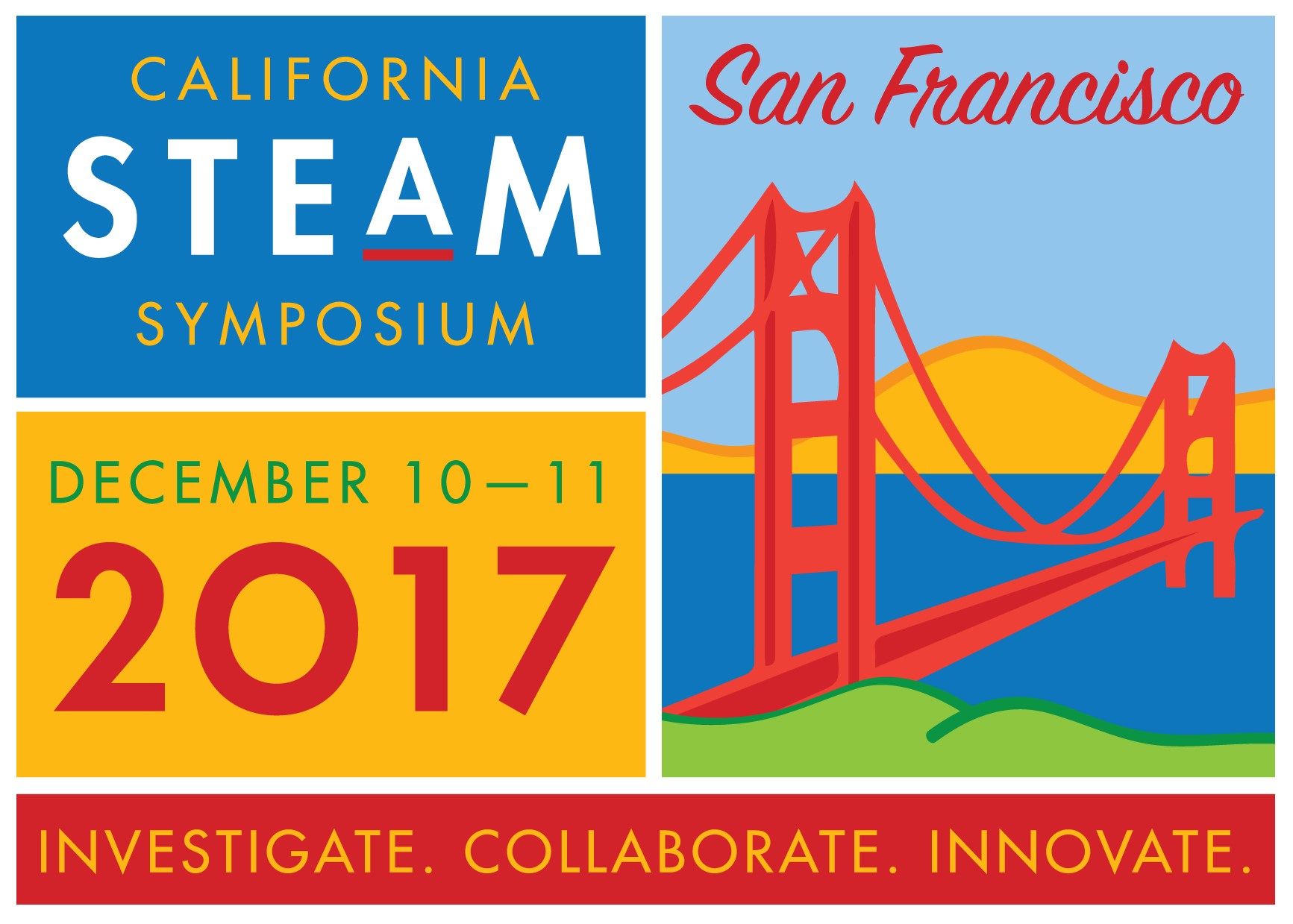As a longtime science teacher at Garey High School in Pomona, Antonio Gamboa knows the difficulties of promoting equity for girls, students of color and English learners in the sciences. He knows that many of them have been left behind for far too long.

Antonio Gamboa
“There has been a mindset over the years that students feel they can’t do it, they can’t learn it, and they can’t cope with the challenges,” says Gamboa, a member of Associated Pomona Teachers. “Many have issues with math, and by the time they get to science they are thinking, ‘I’m here because I have to be.’”
Recent statistics indicate that educators’ lack of resources and time may also contribute to the achievement gap in science. According to Education Trust-West, an organization that advocates for educational justice:
- • Four in 10 elementary teachers in California say they spend less than one hour per week on science.
• Only 10 percent of elementary students and 14 percent of middle schoolers regularly engage in “practices of science,” which include hands-on instructions and labs, data analysis, and writing.
• More than 70 percent of teachers report that limited funds for equipment and supplies are a major or moderate challenge to science instruction.
Nevertheless, recent studies point to a positive change that began several years ago with renewed emphasis on science, technology, engineering and mathematics (STEM) courses. Results of the 2015 National Assessment of Educational Progress science exam clearly showed that girls and students of color in fourth and eighth grades are beginning to catch up in science achievement, although white, Asian and male students are outperforming their peers in the upper grades.
Teachers embracing the new standards
Science teachers like Gamboa are feeling a sense of urgency, but also optimism that equity can be achieved in science for all students. Much of the optimism has been buoyed with the rollout of new science standards aligned with Common Core.
The new standards, called the California Next Generation Science Standards (CA NGSS) in this state, focus on hands-on science projects, emphasize critical thinking over rote memorization, and encourage crossover between scientific disciplines. Gamboa has been promoting them by working with colleagues within his high school and school district, and conducting presentations at statewide conferences, including CTA’s.
Gamboa is a member of CTA’s Instructional Leadership Corps, which offers professional development through teachers training teachers. He has already seen positive results among students as a result of the schoolwide effort. In fact, so many more students are enrolled in third- and fourth-year science and going into Advanced Placement courses, his school had to hire more teachers.
But more to the point, teachers at his school are embracing the standards.
“Our teachers have changed,” he says.
To make that leap, “teachers need to understand: Why is this better? Why would I change? How will I know that my students benefit from it? They have to see that it works. Then they will welcome professional development.”
Gamboa and his colleagues met regularly to rewrite the curriculum for chemistry, biology and physics. He reports that in at least one instance a heated discussion occurred as they tried to persuade a resistant teacher about the value of the standards.
“Now she is exactly opposite. She’s using the curriculum and is a believer. You just have to work with teachers,” he says.
Gamboa cites “phenomena teaching” — using events or scenarios that are observable, and analyzing them through interdisciplinary approaches — as being one change in science instruction. Students need to connect science with what is going on in the world, and NGSS curriculum offers simple experiments to show that.
Along with class work, Gamboa and his colleagues promote science through after-school programs like the E-Smart club, where students build projects, compete against other schools in reinvigorated science fairs, and apply for (and often win) grants.
Making science fun and engaging
But merely promoting science in schools may not produce the equity that is sought in leading to a diverse workforce that reflects our demographics.

Jill Grace
“The standards are crafted to address issues of equity, but the standards alone won’t do it,” says Jill Grace, president of the California Science Teachers Association and a regional director for the K-12 Alliance, a WestEd program designed to promote excellence in science and math education. “What is needed is a big mind shift on the part of districts, teachers and administrators, and that mind shift hasn’t happened yet.”
“How do we make it so kids want to learn?” Grace asks. “That’s the big conversation happening statewide right now.”
The California Alliance for Next Generation Science Standards, a project established by the Californians Dedicated to Education Foundation, is guiding the way to a smooth implementation of the standards. The alliance (CA4NGSS) represents 60 public and private organizations (CTA among them) that support effective and timely implementation of NGSS throughout California. Its STEM initiatives program director, Jessica Howard, is optimistic about California becoming a leader in implementing NGSS, largely because of the extensive work that was done early on in preparing for Common Core.

Jessica Howard
“The standards take the approach that we are all scientists,” Howard says. “They take off the table that some students aren’t supposed to be here. The tone is that science is a fun, engaging exploratory process. By bringing science into the earlier years, the standards create more opportunities for all students.”
Working with key organizations, CA4NGSS is helping leaders in school districts around the state access consistent training through regional rollouts. Its website cdefoundation.org/steam/ca4ngss provides numerous resources as well as a new toolkit to help educators introduce and communicate the value and intention of the standards to parents, district leaders and the community.
Howard rightly points out that California is a huge state, and there are a lot of variables in smoothly implementing the standards.
“Right now there are really great resources out there, but awareness is not the same thing,” she says. “We want to help educators get the support and resources they need.”
The New Science Standards
The Next Generation Science Standards — called CA NGSS in this state — were adopted in 2013. The accompanying science framework was approved by the State Board of Education in November, making California the first state to do so.
CA NGSS are now being implemented in schools throughout the state. In an early implementation initiative, the new standards received mostly positive reviews from teachers in eight California districts and two charter organizations. Teachers interviewed by EdSource in January said CA NGSS are “rewarding, effective and fun to teach, and students seem engaged and excited about learning science.”
Educators noted that with that reward comes even more work, because of the emphasis on science projects and difficulties in grading due to the focus on critical thinking.
The California Department of Education, the K-12 Alliance, the California Science Teachers Association and other partners have been holding two-day workshops around the state on the CA NGSS rollout and implementation. For details see ca4ngss.org.
Teaching Phenomena
What are phenomena in science and engineering?
Natural phenomena are observable events that occur in the universe and that we can use our science knowledge to explain or predict. The goal of building knowledge in science is to develop general ideas, based on evidence, that can explain and predict phenomena. Engineering involves designing solutions to problems that arise from phenomena, and using explanations of phenomena to design solutions.
Why are phenomena such a big deal?
Phenomena have traditionally been a missing piece in science education, which too often has focused on teaching general knowledge that students can have difficulty applying to real-world contexts.
By centering science education on phenomena that students are motivated to explain, the focus of learning shifts from learning about a topic to figuring out why or how something happens. For example, instead of simply learning about the topics of photosynthesis and mitosis, students are engaged in building evidence-based explanatory ideas that help them figure out how a tree grows.
Excerpted from “Using Phenomena in NGSS-Designed Lessons and Units,” Next Generation Science Standards, nextgenscience.org.
STEAM Symposium
 The fifth annual California STEAM Symposium takes place Dec. 10-11 at Moscone West in San Francisco. A showcase for innovative approaches to teaching and learning, the event offers opportunities for ongoing rigorous, high-quality and collaborative professional learning and resources. The symposium will have a special focus on increasing and supporting the participation of women and girls — as well as other underrepresented groups — in STEAM fields. To register, go to stemcalifornia.org.
The fifth annual California STEAM Symposium takes place Dec. 10-11 at Moscone West in San Francisco. A showcase for innovative approaches to teaching and learning, the event offers opportunities for ongoing rigorous, high-quality and collaborative professional learning and resources. The symposium will have a special focus on increasing and supporting the participation of women and girls — as well as other underrepresented groups — in STEAM fields. To register, go to stemcalifornia.org.